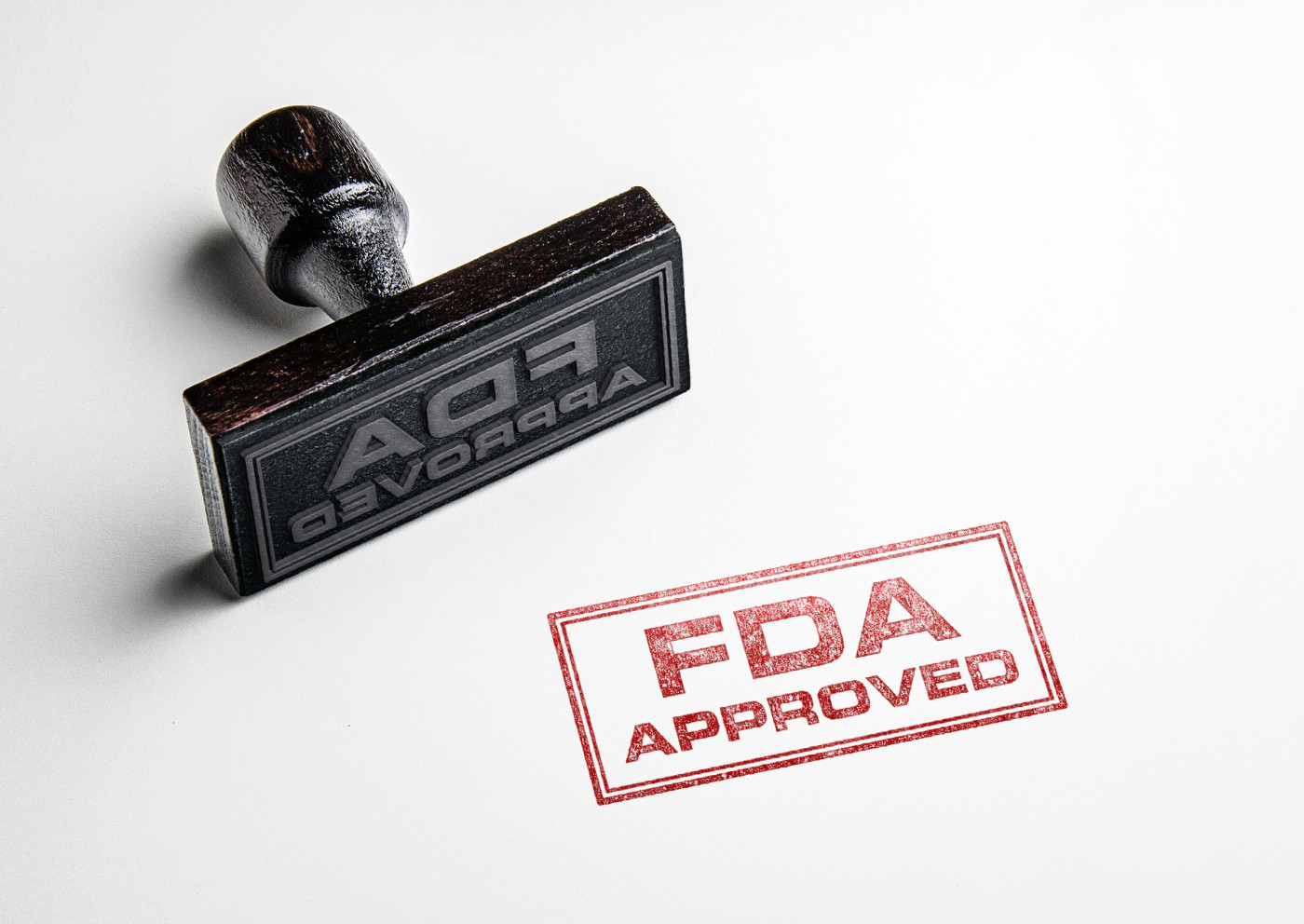FDA Approves Shire’s Cinryze for Preventing Pediatric Angioedema Attacks
Written by |

The U.S. Food and Drug Administration recently approved Shire’s Cinryze (C1 esterase inhibitor [human]) to help prevent angioedema attacks in children 6 and older who live with hereditary angioedema (HAE).
Cinryze was first approved in the U.S. in 2008 for routine preventive treatment against attacks in adults and teens with HAE.
A decade later, in February 2018, the FDA agreed to review Shire’s supplemental biologics license application (sBLA) requesting that Cinryze be approved for the prevention of hereditary angioedema attacks also in children.
With this label extension, Cinryze becomes the first approved treatment in the country to help prevent angioedema attacks in children as young as 6.
HAE is a rare genetic disease that is estimated to affect between one in 10,000 to one in 50,000 people worldwide.
HAE patients are prone to swelling due to a deficiency in the protein C1-esterase inhibitor (C1-INH). Cinryze is a functional C1-INH, extracted from human plasma in the blood, which increases the levels of this protein in patients.
Cinryze’s mechanism of action addresses the underlying cause of HAE by replacing the deficient protein and by regulating the production of bradykinin released during an attack.
“Symptoms of HAE often present in childhood with the average child experiencing their first HAE attack around the age of 10,” Andreas Busch, PhD, executive vice president and head of research and development at Shire, said in a press release.
“With the FDA label expansion of Cinryze, children as young as 6 years old living with HAE now have the first FDA approved treatment option available to help prevent attacks,” Busch said.
The approval was based on data from a pedriatic Phase 3 study (NCT02052141), one of the first studies to be completed for the preventive treatment of angioedema in children.
The trial included 12 patients ages 6-11 who had at least one angioedema attack per month. The children received Cinryze, either in a 500 unit dose or a 1,000 unit dose, every three to four days for 12 weeks.
In the trial, patients had fewer and less severe attacks when taking Cinryze compared to placebo.
Results showed that 500 units of Cinryze reduced the number of angioedema attacks per month by 71.1 percent. For Cinryze 1,000 units, the reduction reached 84.5 percent. Patients also reduced the use of acute treatment after taking Cinryze.
The most common adverse reactions to Cinryze in these children were headache, nausea, fever, and redness of the skin at the infusion site. However, they were all mild and did not lead to discontinued treatment.
“This news is exciting for the HAE community because those living with HAE who are as young as 6 have a new option to help prevent attacks,” said Anthony Castaldo, president of the U.S. Hereditary Angioedema Association.
In the European Union, Cinryze was approved to prevent HAE attacks in children ages 6 and older if they had a history of severe attacks not managed by other treatments, or if they were unable to tolerate other treatments. Cinryze was also approved in Europe for the treatment and prevention of attacks in children ages 2 and older.





